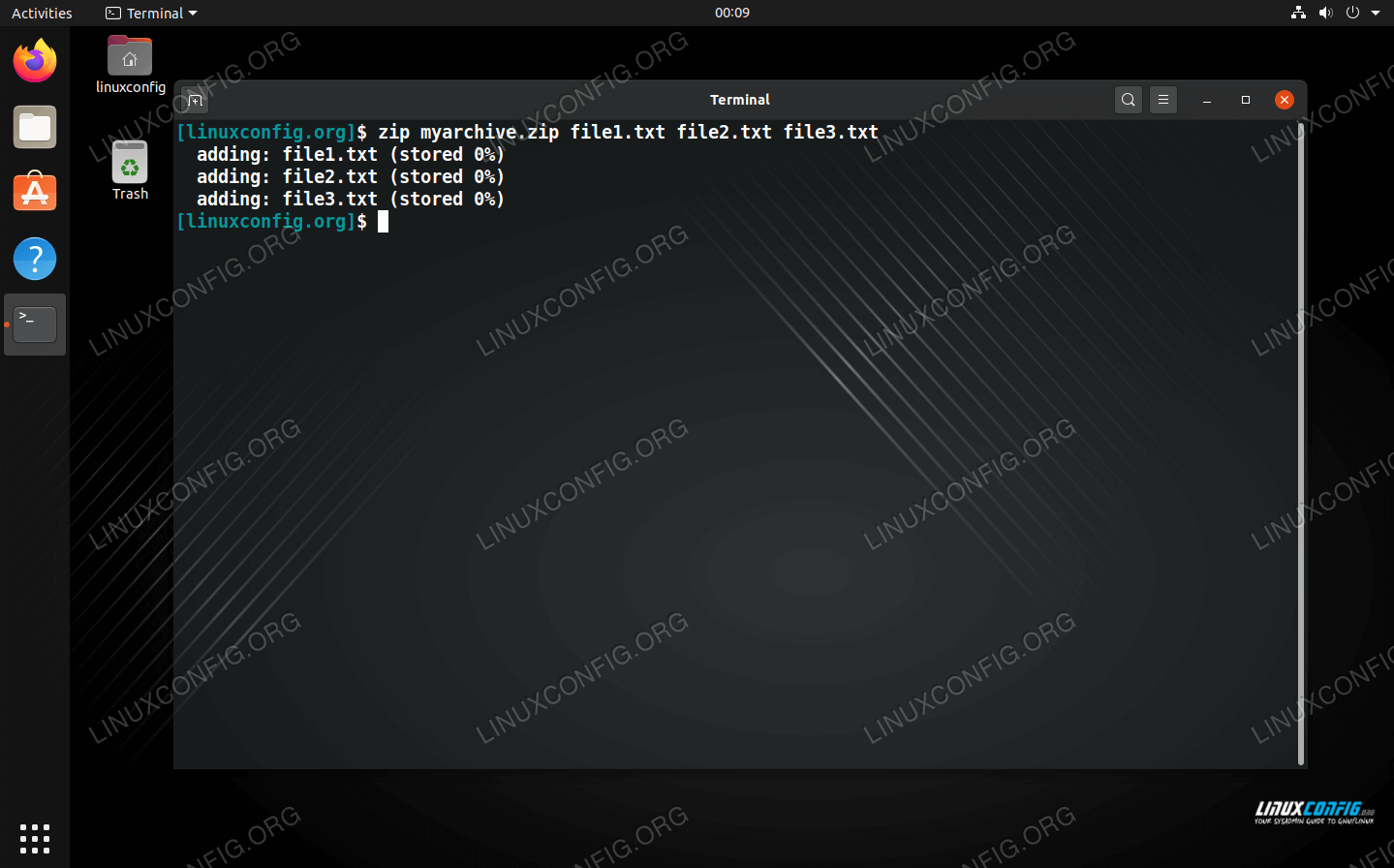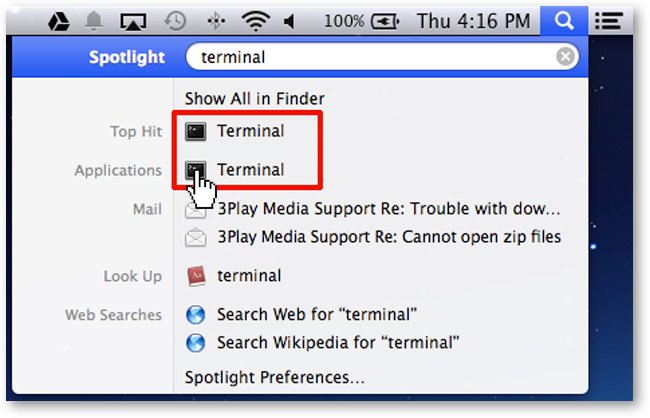
Open Terminal and restart the Quick Look daemon to download the plugin:.Drag the extracted BetterZipQL.qlgenerator file to the / Library / QuickLook / folder.In the Finder, call Command + Shift + G to call Go to a folder and choose / Library / QuickLook /.Download BetterZip for Quicklook here and extract it.
#Mac os zip command how to
If you want to use BetterZipQL to view the contents of all of these archive formats, you must first download and install BetterZipQL, here’s how to do it, and how to use it after going through a simple installation process: BetterZipQL is great for many reasons, it’s fast and easy to use Quick Look with easy access via a space, plus it supports much more than zip, allowing you to view all of the following archive formats without decompressing them: ZIP, TAR, GZip, BZip2, ARJ, LZH, ISO, CHM, CAB, CPIO, RAR, 7-Zip, DEB, RPM, StuffIt’s SIT, DiskDoubler, BinHex and MacBinary. An extension called BetterZip QuickLook Generator is easy to install and use, and works with the latest versions of OS X. If you do not want to dig the command line, you can use a free third-party plug-in Quick Look to view zip files and almost all the other contents of archive files without dismantling them. View the contents of any archive without unpacking with Quick View zip files, so if you are looking for a comprehensive solution for viewing the contents of many archive formats, go to the BetterZipQL utility next.
#Mac os zip command mac os
Nevertheless, zipinfo is included with almost all versions of Mac OS X, so if you’re primarily a Mac user, you should never have a problem using it, even if you step back in time with a very early version of OS X.Īgain, unzip -l only displays the contents of. However, one advantage of a decompressed file is that it appears on more unix platforms than zipinfo, which means you should find it compatible with almost any operating system you use, while zipinfo is often not as common. $ unzip -l archive.zipArchive: archive.zipLength Date Time Name -– -4068 05-11-13 14:25 nf204 05-16-13 09:38 magicfile132 05-21-13 12: 44 testingsomething.txt -– - 4486 5 filesįor most uses, it’s probably best to use the zipinfo command, unless it’s simplicity, than extended reporting of archive content. The example output of the command is shown below:


The information provided is not as detailed as ‘zipinfo’, but it still contains relevant details, including the size of the individual file, the date and time the file was modified, the total number of files, and the file names. Another way to see the contents of zips is to use the familiar ‘unzip’ command with a simple flag.


 0 kommentar(er)
0 kommentar(er)
